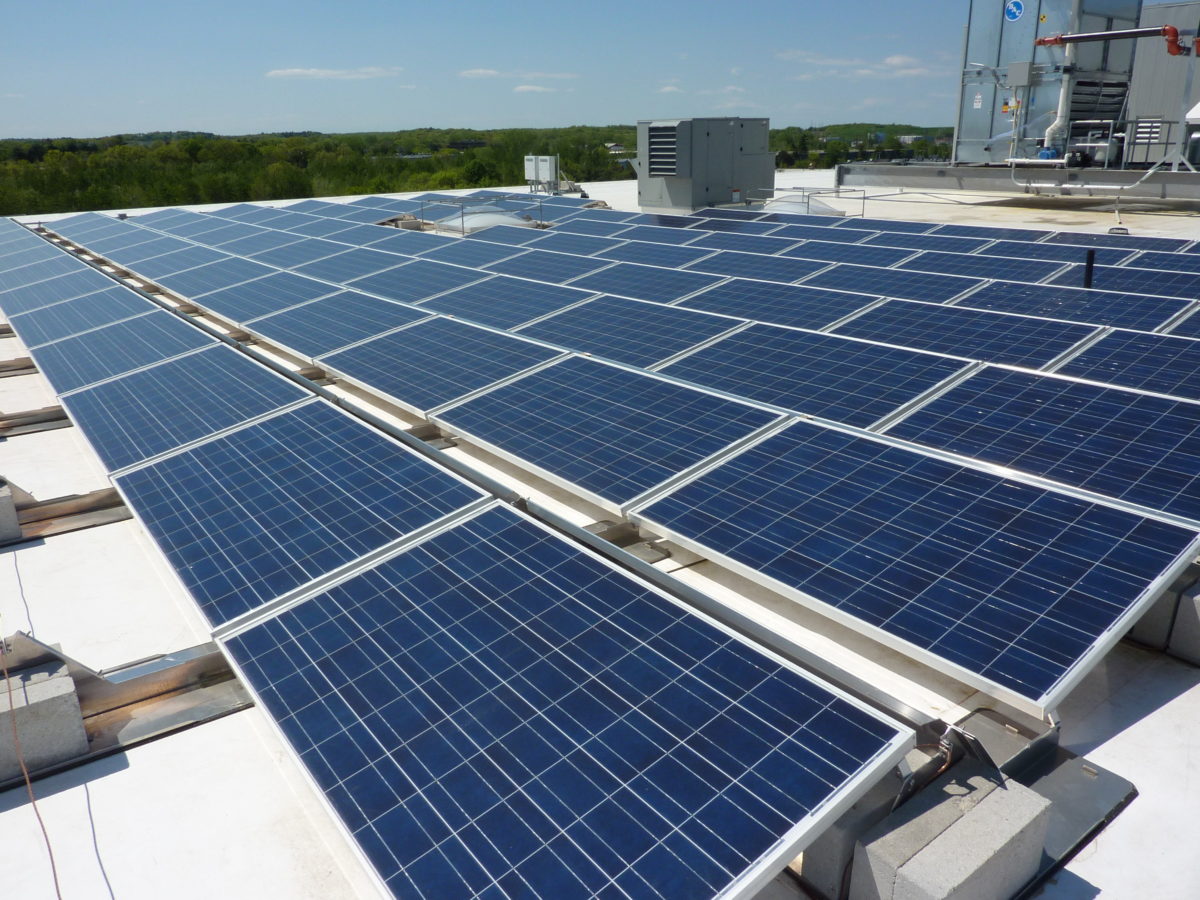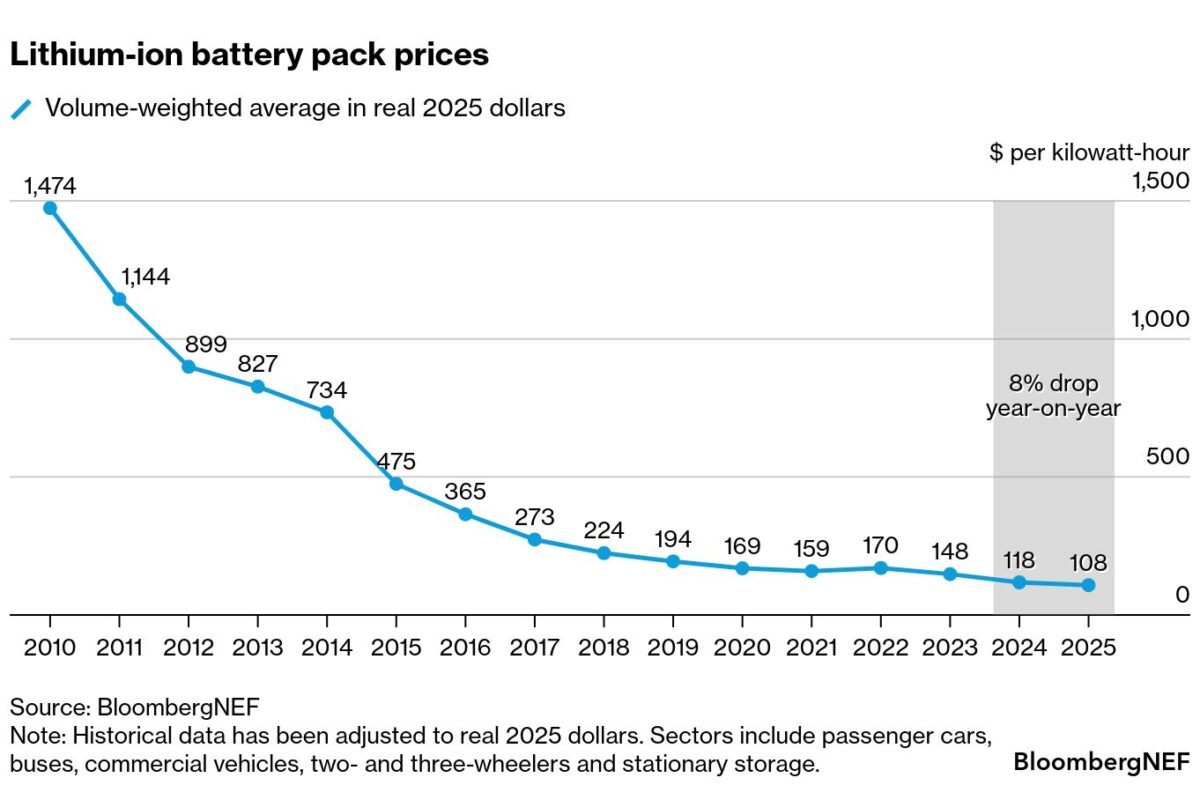Researchers from Chalmers University of Technology in Sweden have compared the energy savings potential of alternating current (AC) and direct current (DC) distribution systems for residential buildings equipped with PV and battery storage systems. In particular, they looked at whether DC setups could lead to lower energy losses.
“One aspect derived from the work is that we could present modeled loss-savings with DC distribution for a Nordic climate with – on average – lower irradiance,” researcher Patrik Ollas told pv magazine. “Also, the effect – and proven necessity – of PV and battery storage for achieving energy savings with DC.”
For their analysis of the daily and seasonal performance of the two topologies, the scientists used a full-year data set of load usage, PV generation, load-dependent efficiency characteristics of power electronic converters (PECs), and battery storage. They considered AC and DC configurations for a building with a south-oriented 3.6 kW solar-plus-storage installation at a tilt angle of 45 degrees. They assumed the building had space and domestic hot water heating via a ground-source heat pump.
“Individual measurements were obtained for the following appliances: ground-source heat pump, ventilation, water pumps, and PV generation,” the scientists said, noting that the annual load demand is 6,354 kWh, with PV generating 3,113 kWh. “This study was performed for a grid-tied building; a bidirectional AC/DC converter was needed for grid interaction.”
The work considered four different system topologies: AC—230 VAC with load-dependent efficiency, DC1—380 VDC with load-dependent efficiency, DC2—380 VDC with fixed converter efficiency, and DC3—380 and 20 VDC with load-dependent efficiency.
“A 20 VDC sub-voltage level was added to DC1 and DC2 to supply the smaller loads and lighting through a central DC/DC converter,” said the research team.
They found that the bidirectional converter losses significantly differ when modeled with fixed and load-dependent efficiency characteristics. They also found that the DC topology could achieve energy savings even without the inclusion of PV or battery storage.
“The losses of the grid-tied converter using a constant efficiency approach (DC2) were 34% lower than those in the case implementing load-dependent efficiency (DC1),” they said. “The system efficiency values of the respective systems (AC and DC1−3) were 95.3, 94.3, 95.8, and 93.7%, respectively.”
The group concluded that the DC setup did not present a favorable option in terms of loss reduction without the inclusion of a PV and battery system.
“In a more scientific context, the erroneous of using constant efficiencies for both the battery and power electronic converter was highlighted,” Ollas concluded. “Also, the most significant savings were obtained when PV power was fed to the loads directly or via the battery storage. I acknowledge that DC distribution in buildings is a niche application and is caught in a Catch-22 situation regarding supply of products and demand. However, some particular cases could be interesting for this, for example internal DC grids with PV, battery and EV coupling and office buildings with a good correlation between PV and load demand.”
The researchers presented their findings in “Energy Loss Savings Using Direct Current Distribution in a Residential Building with Solar Photovoltaic and Battery Storage,” which was recently published in Energies.
This content is protected by copyright and may not be reused. If you want to cooperate with us and would like to reuse some of our content, please contact: editors@pv-magazine.com.




Can someone please decipher this for the average homeowner? Is running an AC setup like enphase that much more inefficient than running a traditional DC to AC inverter? Should it matter?